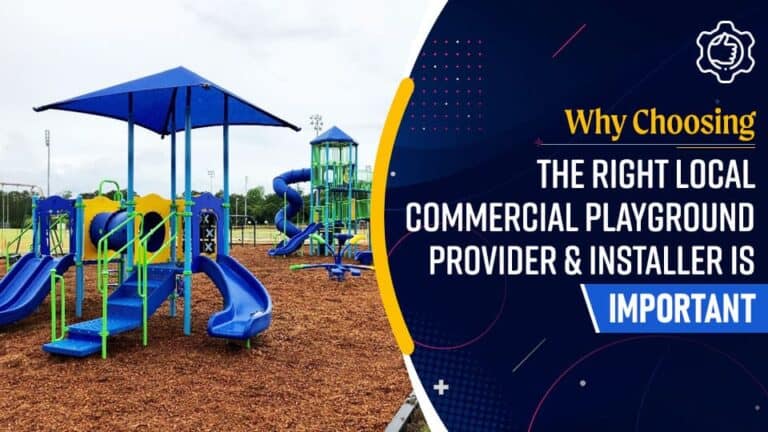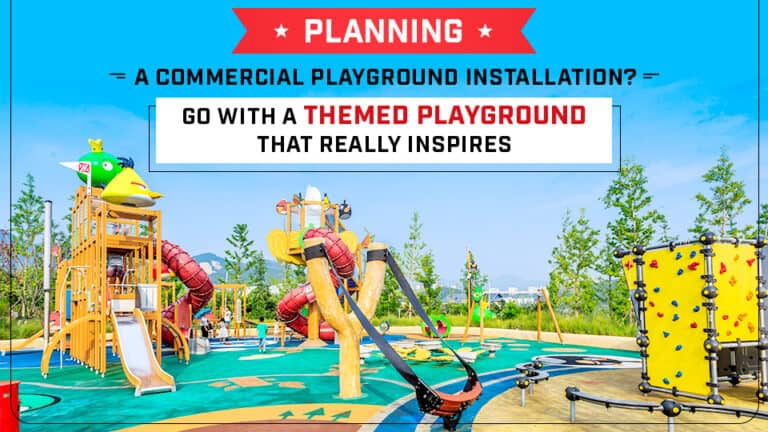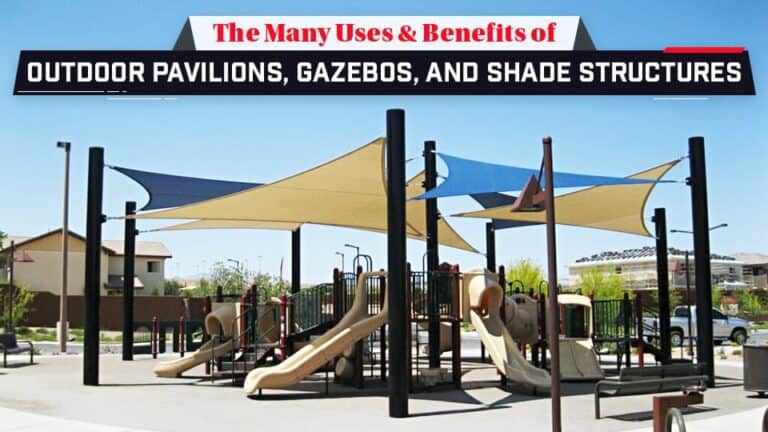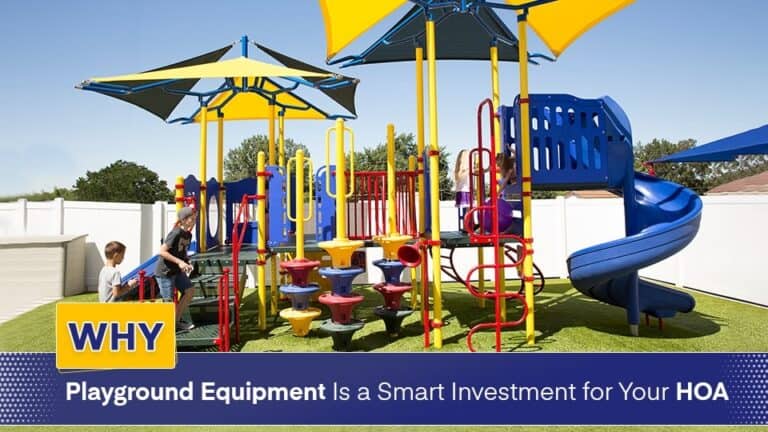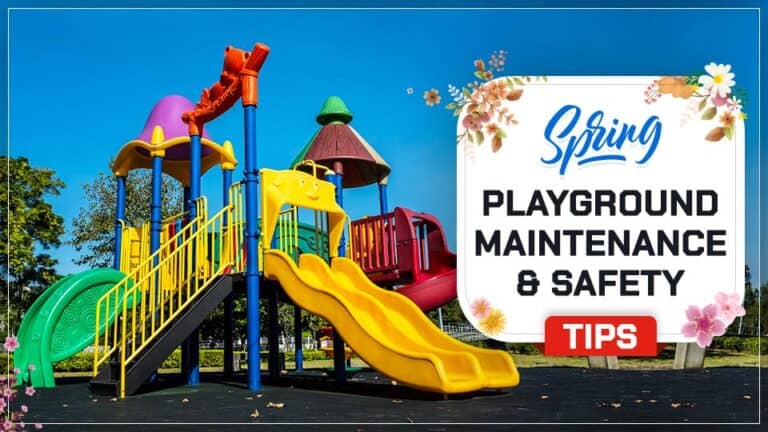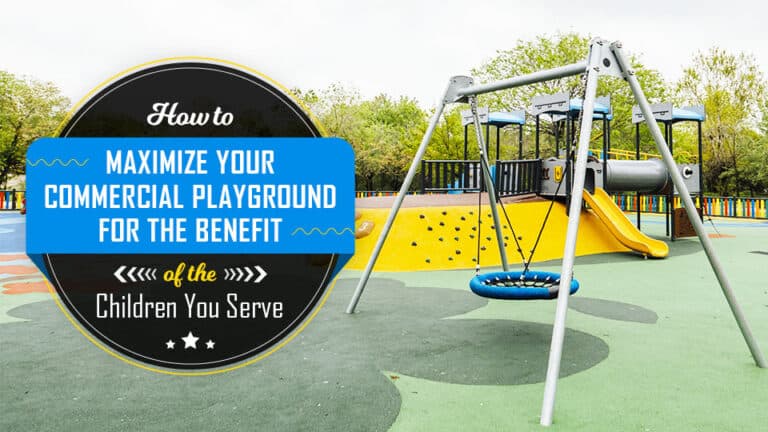Why Local Communities Need Inclusive Playgrounds
They say that love is the universal language. While that’s certainly true, there’s another universal language which is specific to children: play. Play isn’t just a way for children to have fun. It’s also how children learn, grow, explore, create, make connections with one another, and also help to make sense of the world around them. And play isn’t just important for certain groups of children; it’s a universal language that every child knows, and every child needs to be able to experience play in healthy ways. Most of us have fond memories of time spent on the playground growing up, but unfortunately, that hasn’t always been the case for children with disabilities.
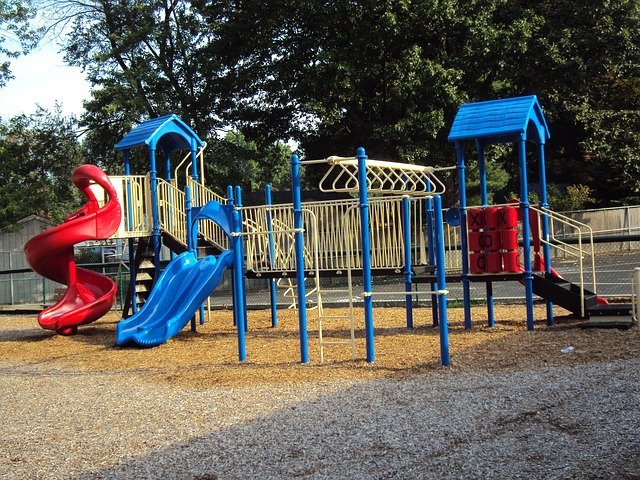
The Evolution of More Inclusive Playgrounds
Children with disabilities love to play as much as any other children do. But with traditional playground designs of the past, many children with special needs were forced to sit out, and could only watch their peers having fun from afar. Thankfully, playground designers and providers have become much more aware of the need to create play spaces that are truly accessible for all children. The Americans with Disabilities Act was also revised in 2010 to help define and describe the types of play opportunities which should be represented in modern playground facilities. For example, monkey bars and slides accessed by ladders are great for able-bodied children, but these types of play elements are simply not built to accommodate children with disabilities.

What Might an Inclusive Playground Look Like?
For starters, let’s define the difference between “accessible” and “inclusive.” Some children may be physically able, so they’re technically able to access a playground. But if that playground is designed in a way that children with mental disabilities or other special needs can’t truly engage it or enjoy it, then it really isn’t inclusive. An inclusive playground is a place where kids of all abilities can come and play, learn, grow, and make positive connections. An inclusive playground can still include play elements which have been popular with children for generations, but it will also feature some elements specially designed to be able to accommodate children with disabilities. In short, an inclusive playground should offer a variety of options, meant to engage children of all developmental levels and abilities.
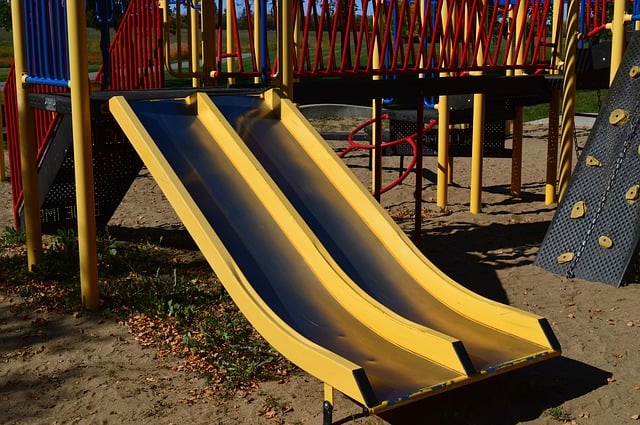
Intentional Features of Playgrounds Which Are Truly Inclusive
So, what are some specific features or attributes of a playground that make it more inclusive? Here are a few things that separate inclusive playgrounds from playgrounds that aren’t built with the same intentionality:
- Fully accessible
- Rich play experiences for all
- Diverse opportunities for social play
- Proper equipment design and layout
- Site amenities and furnishings
When it comes to designing an inclusive playground, one of the first concerns is to lay out your playground space in a way that it is easily accessible to children of all abilities. This includes things like putting interactive objects at various heights, building in ramps and wide paths, and also choosing safety surfacing, which is easier for wheelchairs, walkers, and mobility devices to navigate.
Richness of play entails offering children play experiences which are meant to engage not just physically, but also in other sensory, cognitive, and social ways. Rich play experiences feature play elements like swings, merry-go-rounds, slides, etc., which are adaptive. Other rich elements that are good to incorporate include musical elements, sand and water tables, interactive gardens, and spaces designed not to overload the senses.
Solitary play features are fine to include, and some children actually prefer them. At the same time, children of all ability levels will also benefit from having the ability to engage in some collaborative play elements. There are many games and play features available which encourage children to play together as a team or in a cooperative manner.
We mentioned accessibility above, but inclusivity also requires specific attention to playground equipment design, layout, and markings. Ramps allow children with disabilities to be able to reach elevated play elements. Intentional creation of different “play zones” around a central or circular path is another way you can make your playground more inclusive for children with autism or other sensory disorders. And children with visual disabilities can be helped by choosing to alternate the colors of any steps or risers present in your playground area.
An inclusive playground isn’t just about the play elements themselves. It’s also about the amenities and furnishings you choose to build in around your playground, for the benefit of both children and caregivers alike. This includes things like making sure your playground has enough shade to help protect sensitive skin. If you don’t have much in the way of natural shade, a fabric shade overhead can be a perfect solution. You’ll want to post proper signage with instructions for your play features, too, preferably including symbols, icons, and braille in addition to text. The inclusion of shaded seating areas is another good idea. Providing accessible restrooms and drinking fountains adjacent to your playground will be appreciated by all who visit, too.
Some Benefits of Creating Inclusive Play Spaces in Your Town or Community
If your city, town, or community group really values families with children, and you’re serious about offering play opportunities that truly leave no child behind, then an inclusive playground is really the only way to go. Plus, it will mean a lot to your community whenever you’re intentional about giving kids with disabilities the same opportunities to participate in meaningful recreational activities as everyone else.
Here are a few specific benefits of creating an inclusive play space for your community:
- A proper inclusion approach will lead to increased overall participation in free play and organized activities at your outdoor play site.
- Through utilizing inclusive design, you can create a facility where all children – regardless of ability – can actually play side-by-side with one another.
- An inclusive play environment better meets the developmental needs of the whole child, including physical, mental, sensory, and social skills development.
- ADA-compliant commercial play products and equipment serve to remove many barriers which might otherwise prevent some children and families from taking advantage of your facilities.
- Nearly one in five people in the U.S. are diagnosed with a disability, but sadly many playgrounds still aren’t built to accommodate them. Make a statement about how much your municipality or organization cares about ALL children and families by choosing to install an inclusive playground.
Carolina Recreation & Design Delivers the Best Inclusive Playground Solutions!
Because inclusion matters to Carolina Recreation & Design, we offer a wide assortment of inclusive play products and activities for your business, organization, municipality, or community group. Plus, we go beyond simply selling quality commercial playground equipment and inclusive play structures. We install everything we sell, and we can help you with everything from site planning, to site preparation, to providing all your needed site furnishings and amenities. Carolina Recreation & Design is much more than just a dealer of recreational products; we’re really a complete, turnkey solution provider!
Got some specific questions? Ready to learn more about how we can serve your needs? Give us a call today at (704) 664-1833! You can also choose to connect with us by filling out this simple form. Carolina Recreation & Design has all your inclusive outdoor play needs covered!


